More and more, beauty brands release zero-waste beauty products that are as eco-friendly as they are effective at giving us beautiful and smooth hair or skin. Most of the time, when it comes to plastic waste, we often think of straws and utensils, but unfortunately, our bathroom essentials are to blame, too. However, we can significantly reduce our environmental impact — and take it easier on our skin — with beauty products that are ethically made and fairly-sourced ingredients. We have spoken with entrepreneur and founder of global zero-waste beauty and lifestyle brand Ethique, all about zero-waste beauty and how to work zero-waste products into your everyday lifestyle.
You’ll also like this:
Everything You Need to Know About Using Menstrual Cups
Emma Lewisham is Releasing a Seriously Special Day Crème
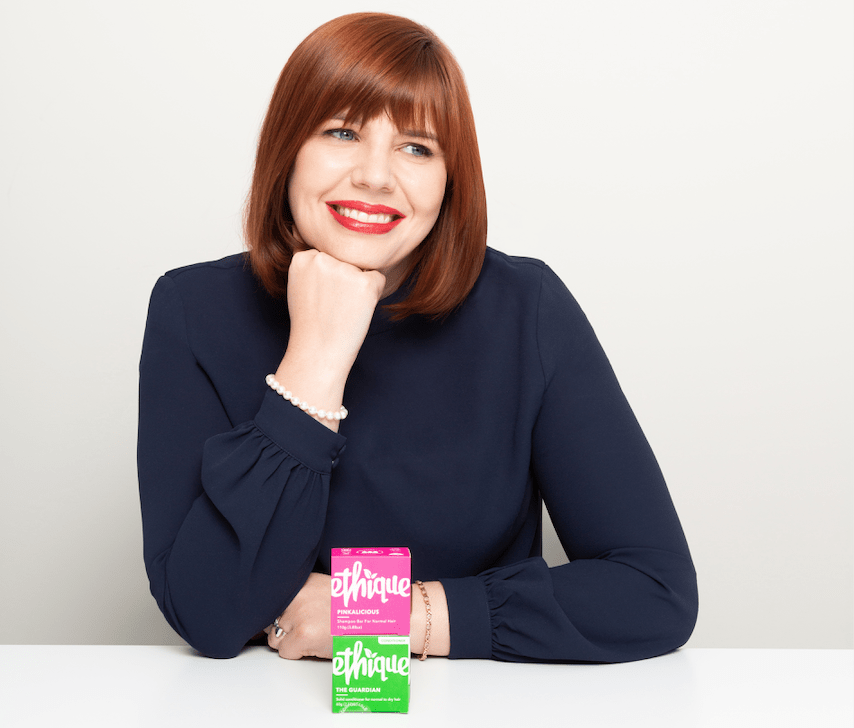
Could you please tell us what inspired you to have a more in-depth investigation into the dirty side of beauty? And decide to go into zero waste skin care and products.
I had two companies that I started and sold before creating Ethique – one of which was a ‘typical’ cosmetics company. It was fun and I learned a lot, but I quickly got bored and sought a purpose beyond selling products and making money. Around the same time, I was becoming frustrated about the abhorrent amount of waste created by the cosmetics industry, and in particular, the amount of plastic and waste created by our bathroom essentials. I also learned more about the vile practices that go on in supply chains (particularly in the cosmetics industry).
I realised that up to 95% of your bottle of conditioner is made up of water – which is just ridiculous considering you have water in your bathroom! I have always been deeply passionate about the environment and science and so I set about formulating a solid shampoo (for my first cosmetics company I had taught myself cosmetic chemistry whilst studying towards my science degree at Uni).
My first, Mintasy, was made in 2012 and Mintasy is still one of our best-selling shampoo bars today. I figured that switching to a solid product would be the answer not only to the water waste issue but also to plastic waste. And on top of that, I wanted to prove it was possible to have a successful company, that operated as ethically and as sustainably as possible.
What are Ethique products made of, and what is your commitment to sustainability practices?
All our products are made from naturally derived, cruelty-free, vegan, palm oil-free, ethically made, and fairly-sourced ingredients. We are proud to be the highest rated B-Corp in New Zealand, carbon-neutral, producing only home compostable packaging and products, a certified living wage employer, engaged in many direct trade partnerships, and donating 20% of our profits to charity.
My business ethos is making sustainability the heart of everything we do and I’m proud that we as a business show up accordingly.
What did you discover about traditional ingredients that you didn’t know before?
It’s always interesting debunking beauty myths by researching the science behind ingredients, particularly for ingredients that traditionally have a bad reputation in the industry. Sulfates are a classic example – they’re not all created equal and they really aren’t ingredients that need to be feared. Sulfates are surfactants (surface active agents), which are what give products such as shampoo their cleansing abilities. Some sulfates might be exceedingly effective at this job, hence why they are deemed harsh, but other sulfates are actually gentle cleansers – especially when combined with other surfactants. This leads me on to the next point…
A product is not just a sum of its parts! One would think that using more types of surfactants would make for a product with more cleaning power which is therefore more drying, but funnily enough it’s often the complete opposite. Adding more surfactants alters the way they behave in solution and actually creates a milder product.
Something I made a point of doing early on was examining the qualities of ingredients and really considering how it works in conjunction with others in the final product, rather than adding something for marketing appeal. Using a humectant ingredient such as hyaluronic acid or an active like salicylic acid works wonderfully in a leave-on product such as a face cream or serum, for example, but is mostly wasted in a rinse-off product like a cleanser.
What should we look out for when purchasing beauty products?
- Look for certifications but find out what those stamps actually mean. What you would call animal cruelty may not be what the SPCA (or other animal rights organisation) does so what some standards certify may not match your requirements.
- The name of the game is research, right? Shop around, see what is available, make an informed choice. A great source of research can be articles from (genuine) influencers, brands, stores, and media outlets amongst others. However, it’s always worth reading these articles with a grain of salt and dig deeper. Check their citations/references and try to use sources that are generally recognised as reputable. I personally found this infographic really helpful. Remember that is almost impossible to write without bias, whether conscious or unconscious and that it is important to be aware of your own confirmation bias when you’re reading about subjects you feel strongly about.
- Read those labels! Yes, it’s a legal requirement that labels use the scientific (INCI) names for ingredients (most people of course don’t know what they are or are scared of them because they are reluctant to use products that they can’t easily identify and pronounce) but once you figure out what you’re looking for or what you’re trying to avoid, you’ll become a great detective shopper. Most people with allergies have to look for specific ingredients to avoid, so it is possible (it just takes practice).
- Support the companies who align with your own beliefs. It’s not only easier to shop that way, it’s also a fantastic way to show the power of your choice in the consumer market.
- Figure out what you care about, consider what you’re realistically able to do and make small changes. You will get there, but the chances of it becoming impossible to keep-up are lessened if you realise it can’t be done all at once. Don’t feel guilty that you are not perfect, and ignore the people who laugh at you for trying to make a difference if you are not doing everything at once. Change is gradual.
The beauty industry has a horrible history of animal testing. What do you think about cruelty-free products?
It should be the absolute minimum standard now. I talk often of ‘non-negotiables’ – I’ve always loved animals (I started a pet detective agency when I was 8) and a non-negotiable of Ethique was always that there would be absolutely no testing on animals, ever.
A huge part of what Ethique is about is paving the way for consumers to make a more ethical choice, in the hope that other large organisations will see it is a feasible way to operate a business and then follow suit. And fortunately, we have a great selection of willing humans to test on!
What have been the largest hurdles you’ve faced in building Ethique? And in what ways do you see the industry evolving?
Plastic free packaging
Growing a plastic free business has not been without challenges, many unique to us. Growing any business at the pace we have grown is tough but encouraging people to get behind an unusual product was at first, very difficult.
In the early days, I went through four packaging providers, all who told me that what I wanted wouldn’t work. The boxes would break down on the shelves, they wouldn’t survive shipment and that it was impossible to guarantee sustainable stock. It was apparent they didn’t understand the need for boxes that were free of laminates, coatings and chlorines and weren’t prepared to experiment. Now we work with two incredible New Zealand packaging providers who exceed my requirements.
Producing solid bars
Producing solid bars is limiting for obvious reasons and as we’re essentially creating products from scratch that don’t exist, formulation is hard.
I was on my own for many years figuring out how to invent solid face creams and self-tanners. Now, whilst I do most of the initial concepting and formulation still, I have a team of very clever chemists and engineers who figure out how to scale a product that is difficult to make. They have had to invent and build new machinery and processes to keep up with the demand, which was particularly challenging during our periods of biggest growth.
Plastic-free shipping
Logistics is extremely challenging as the use of plastic is deeply intertwined into most warehousing systems.
Working with logistics facilities and retailers who don’t get it is extremely frustrating. We have had retailers shrink wrap bars or stick plastic labels on them. We’ve had logistics facilities promise to ship plastic free only to fill boxes with bubble wrap and polystyrene. What has worked for us, has been getting our partners to understand why we require our products to be plastic free in every way. Because when they get it, they then look to change the way they do business and expand their environmental actions beyond just our products.
Our bars are proudly shipped plastic free by New Zealand Post from our warehouse in New Zealand. In 2020, we launched a new plastic-free warehouse in the USA which ships completely plastic free and will also significantly reduce the carbon footprint of our bars.
Your top 3 zero waste products?
From day one I have loved Pinkalicious, one of our best-selling solid shampoos – it’s remained my favourite for years. I am very proud of our Concentrates range which have allowed us to expand into products which are more challenging to reimagine in bar form, such as kitchen and bathroom spray. The last one is simple… my reusable coffee cup!
What advice do you have for someone who is looking to make a more positive impact in the world?
On an individual basis, I think the key to making a positive impact on the environment is committing to a handful of small lifestyle changes but really sticking to them. Amongst others, I would say my top three would be limiting your single-use plastic consumption, switching to a more plant heavy diet and – my favourite, and the easiest – just stop buying stuff you don’t need and making conscious choices with purchases you do. Our Ethique community has helped save over 10 million plastic bottles from landfill just by purchasing our clever little bars.
A great resource is drawdown.org, a fantastic book and now website which has analysed all the solutions to climate change and determined which would have the greatest impact and ranked them. The results will probably surprise you. At the end of the day, individual action is important, but we do need companies and governments to change as it is not fair to blame consumers for the position, we now find ourselves in.
You’ll also like this:
Everything We’re Shopping to Give Back This International Women’s Day 2021
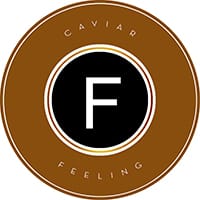
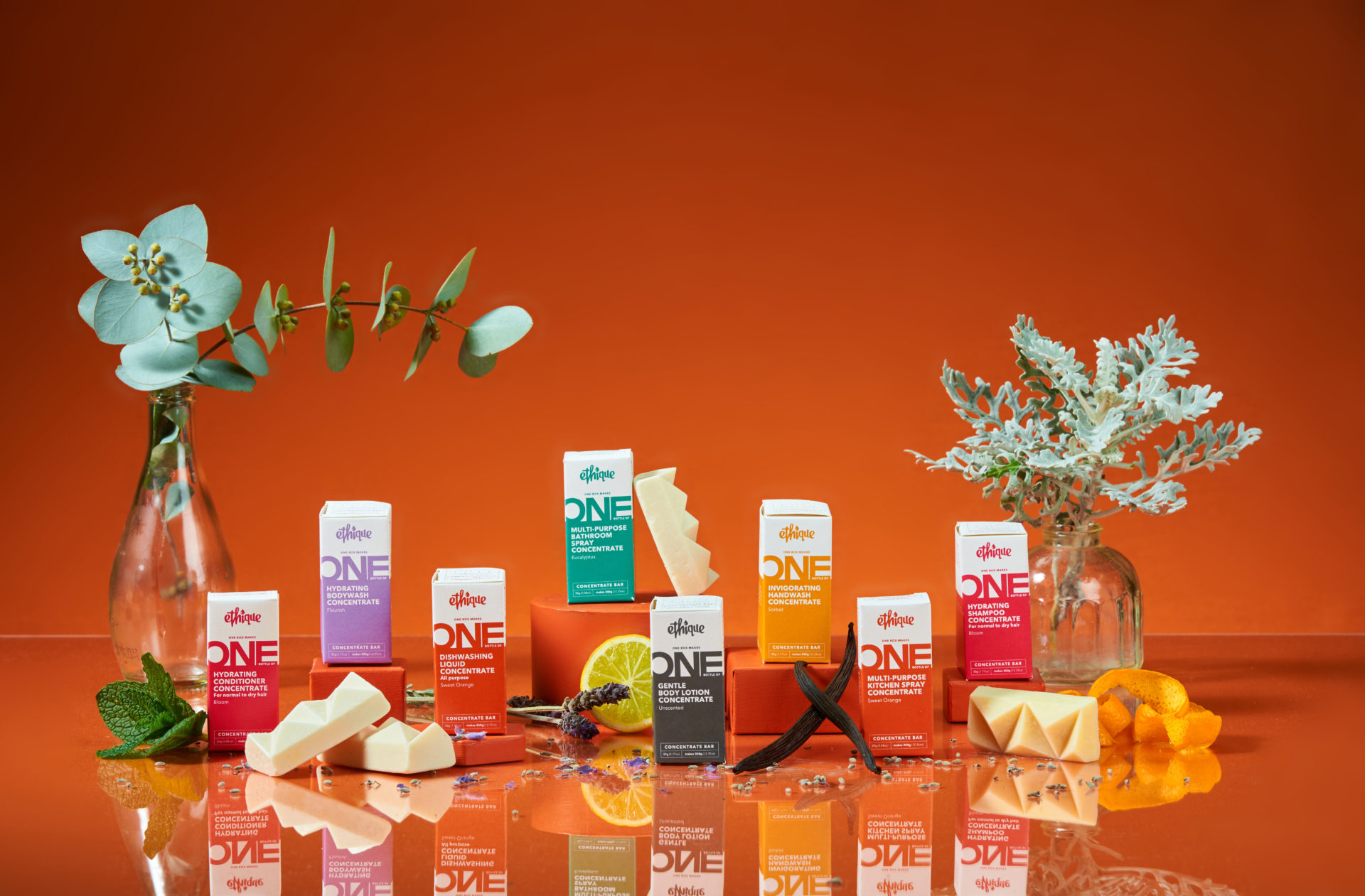
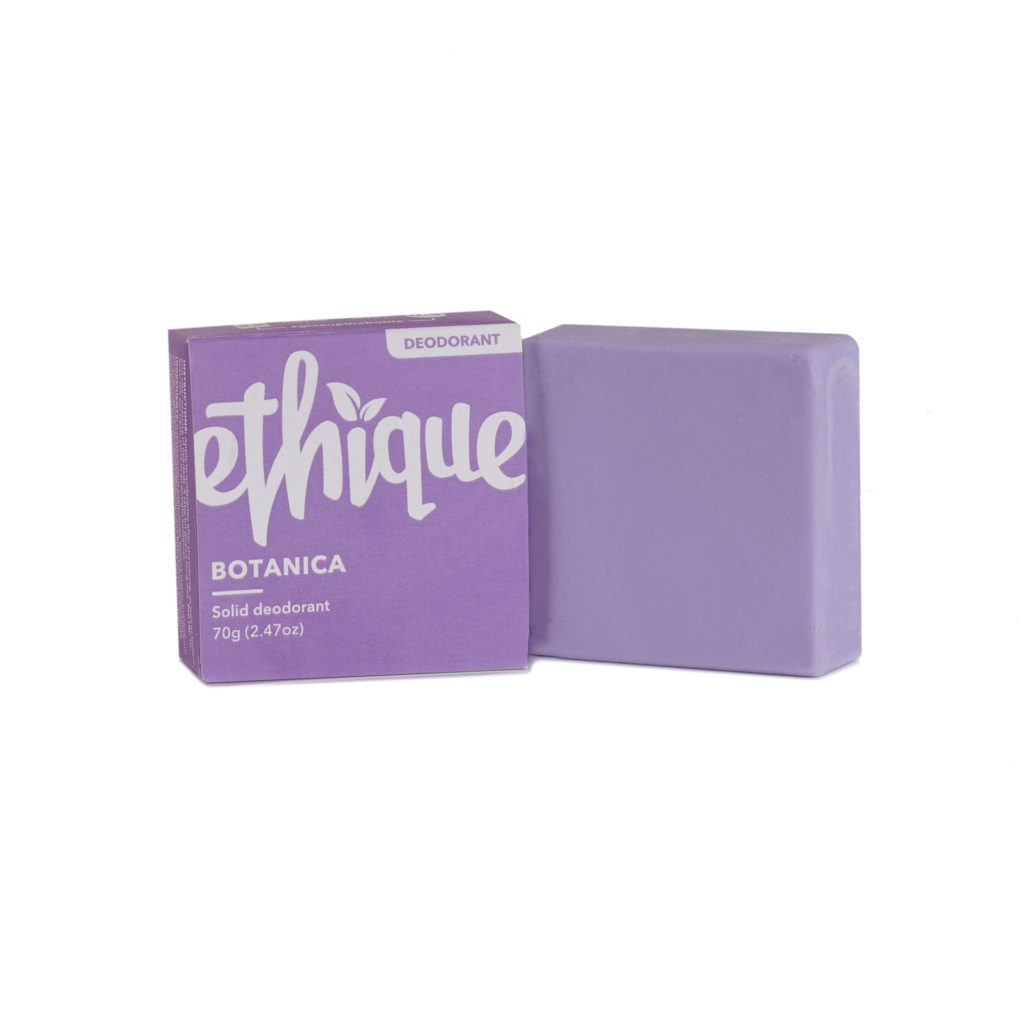
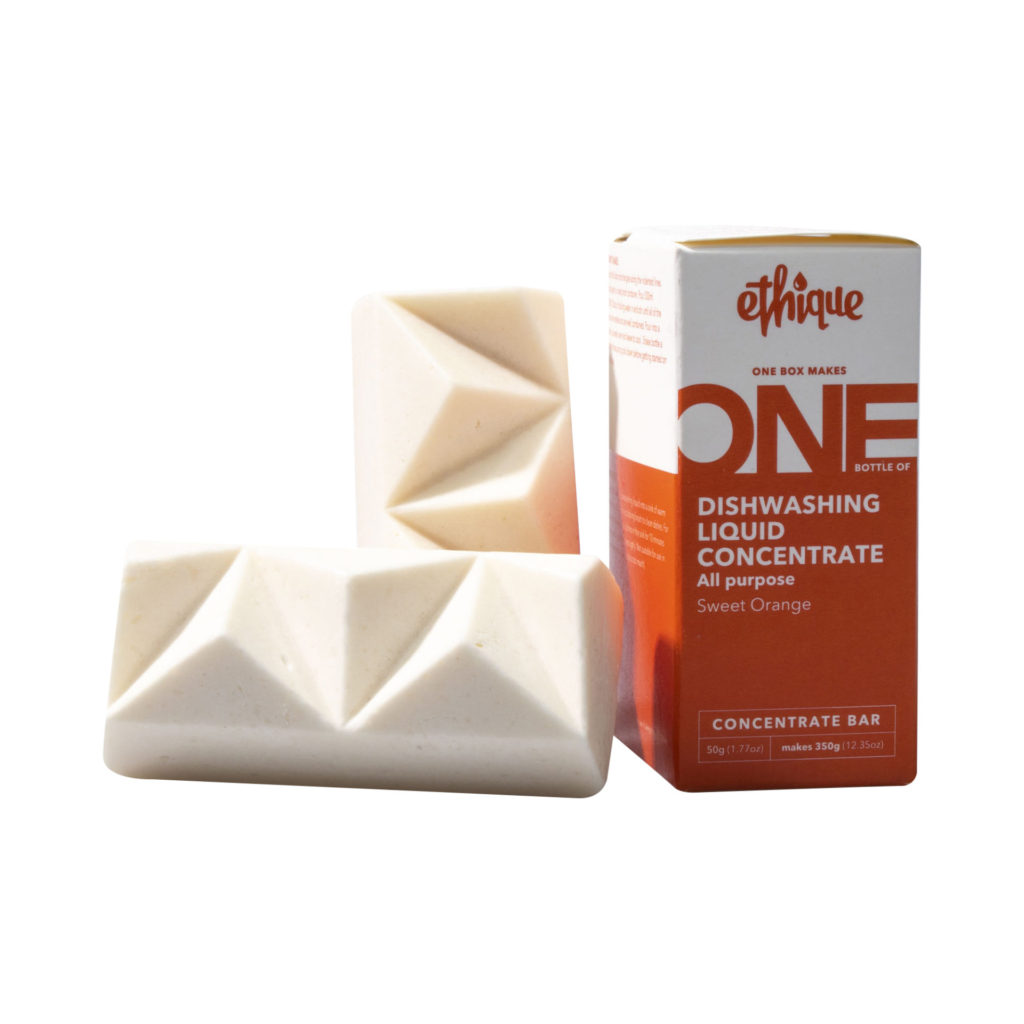
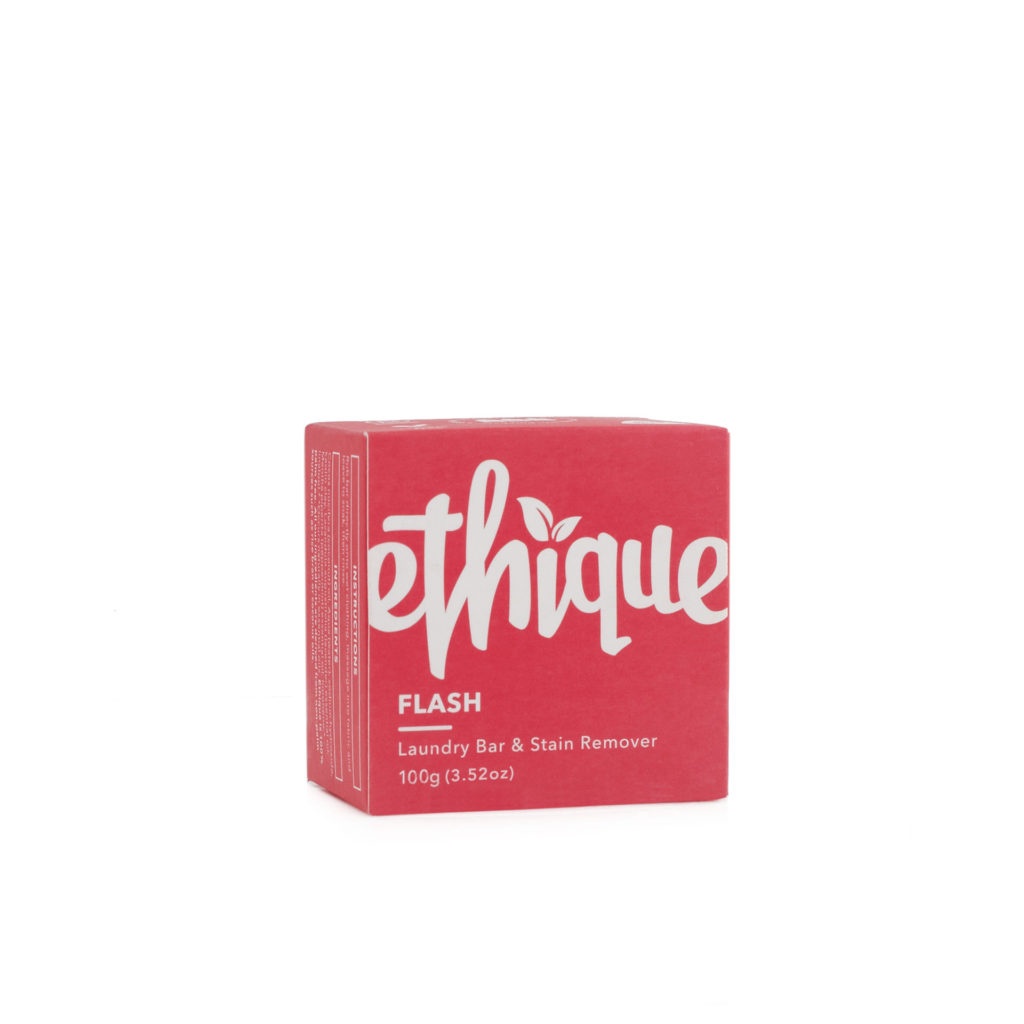
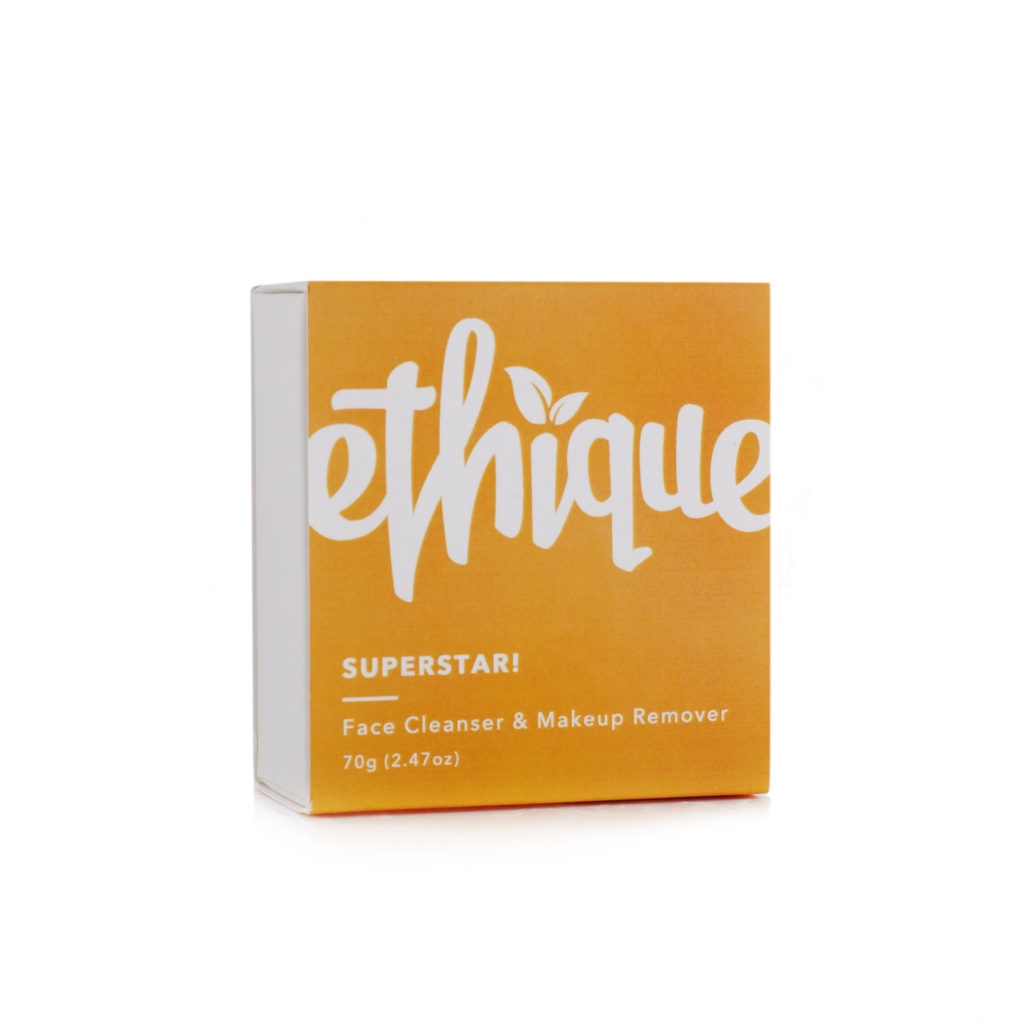
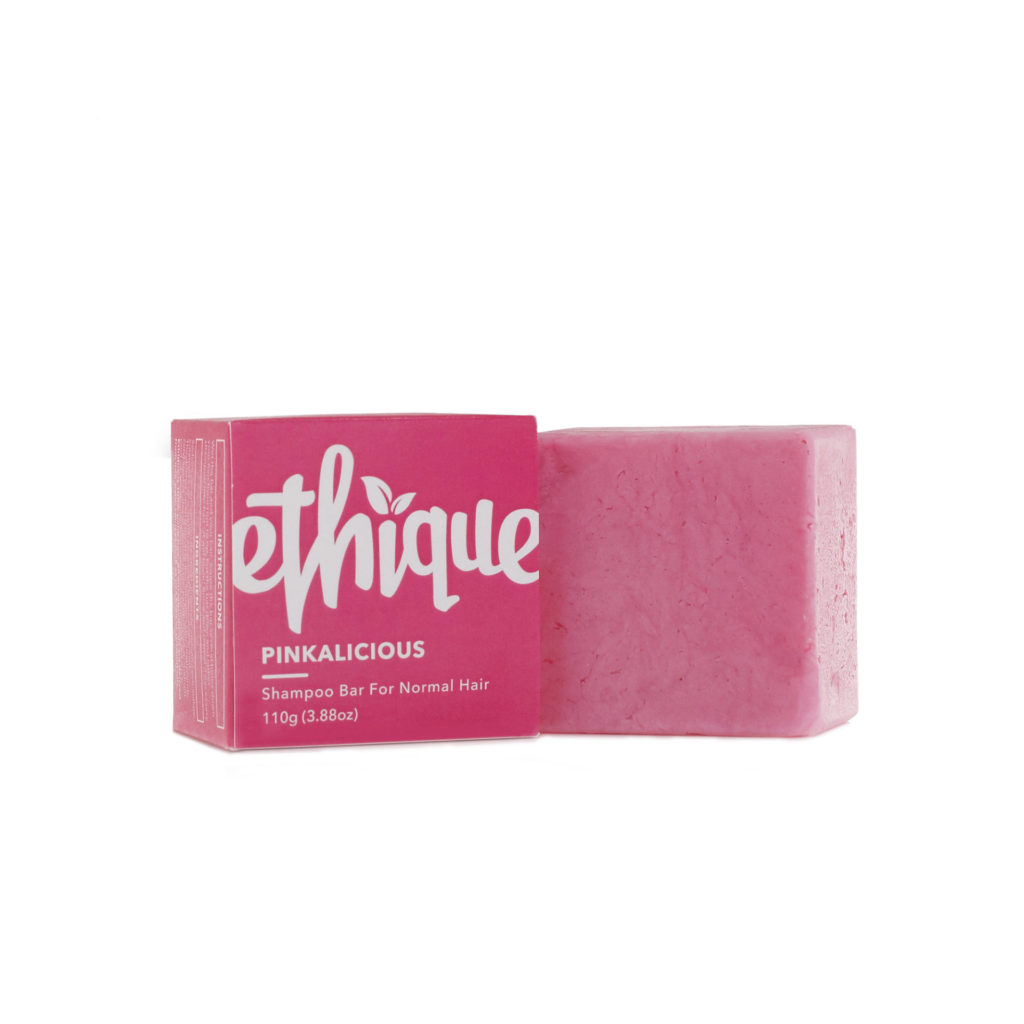


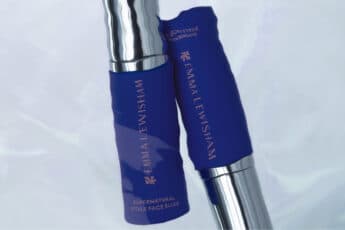



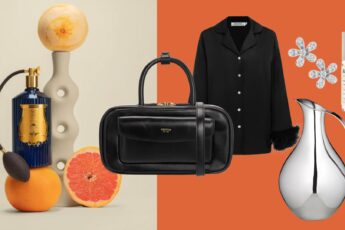
Leave a Comment